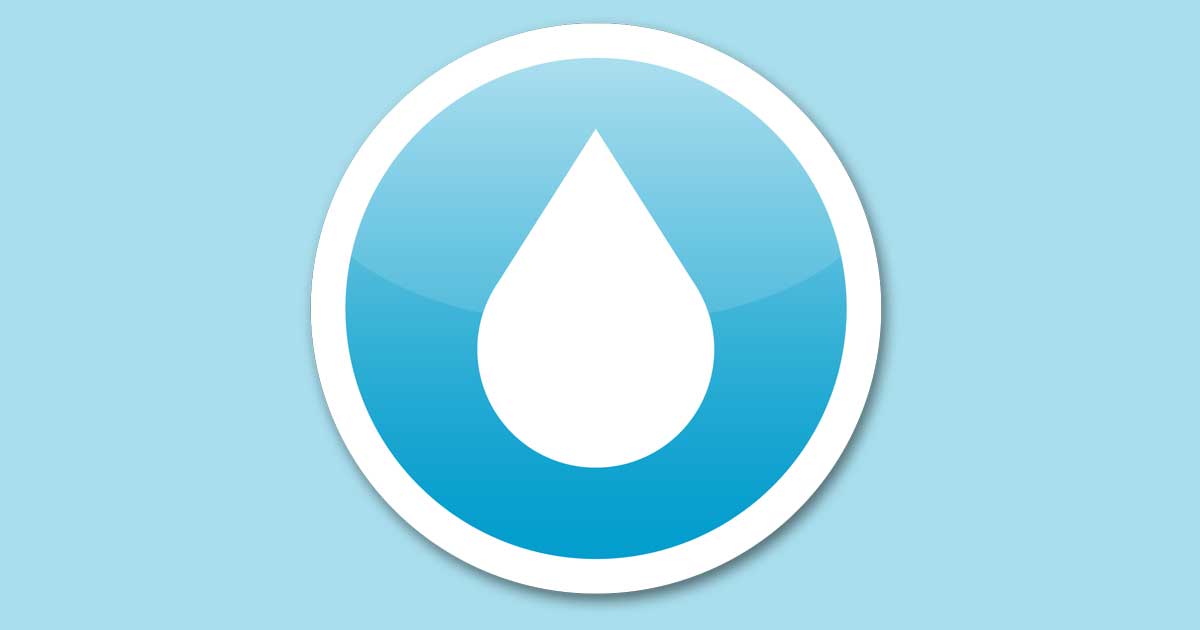Members and Mustang: Each Doing Our Part
July 30, 2025
The TCEQ analyses samples of our water mulitple times each year. Their test results are published annually in the "Consumer Confidence Report" (CCR) or water quality report around July. You will find the 2024 CCR posted on the Home Page of this website in the left column or at this link, https://mustangvalleywater.org/ccr1.
The team at Mustang Valley Water is committed to providing our members with clean, safe water. Members also contribute to keeping their water safe. Please take 2 minutes to read the following article published in the Texas Water Utilities Association (TWUA) Newsletter, and consider your role in managing the water lines on your property.
Home Water Testing
as published in the TWUA Newsletter
Despite continuing attention to safe water supplies, the number of households in the US exposed to low water quality remains high. An estimated 99.2% of Americans have access to potable water, but the number with sanitation access is lower, at 88.9%. Further, the EPA estimates that 70,000 waterbodies don’t meet federal water quality standards.
Risks arise from specific events, such as flooding and exposure to aging water infrastructure, like lead service lines. Many drinking water plants need improvements, but even those distribution systems with modern technology can’t control what contaminants are introduced into the water supply once the water leaves their facility.
For example, old household plumbing can expose water to lead or other contaminants, putting residents at risk. As a result, some experts are recommending that homeowners test their water quality periodically. Individual testing can identify specific concerns, such as bacteria or the presence of excess soil, minerals, or other chemicals.
Rural populations are also more vulnerable in many cases, due to the potential of receiving poor-quality water from inefficient or badly maintained water distribution plants. Similarly, rural residents with private wells are responsible for monitoring and maintaining the water quality in their wells. Such water supplies are more susceptible to contaminants like E. coli, sewage pollution, fertilizer intrusion, radon, arsenic, and pesticides.
Depending on risk factors like location, age of plumbing, and seasonal disruption, water suppliers should consider encouraging customers to test their individual water quality several times a year for optimal safety.
